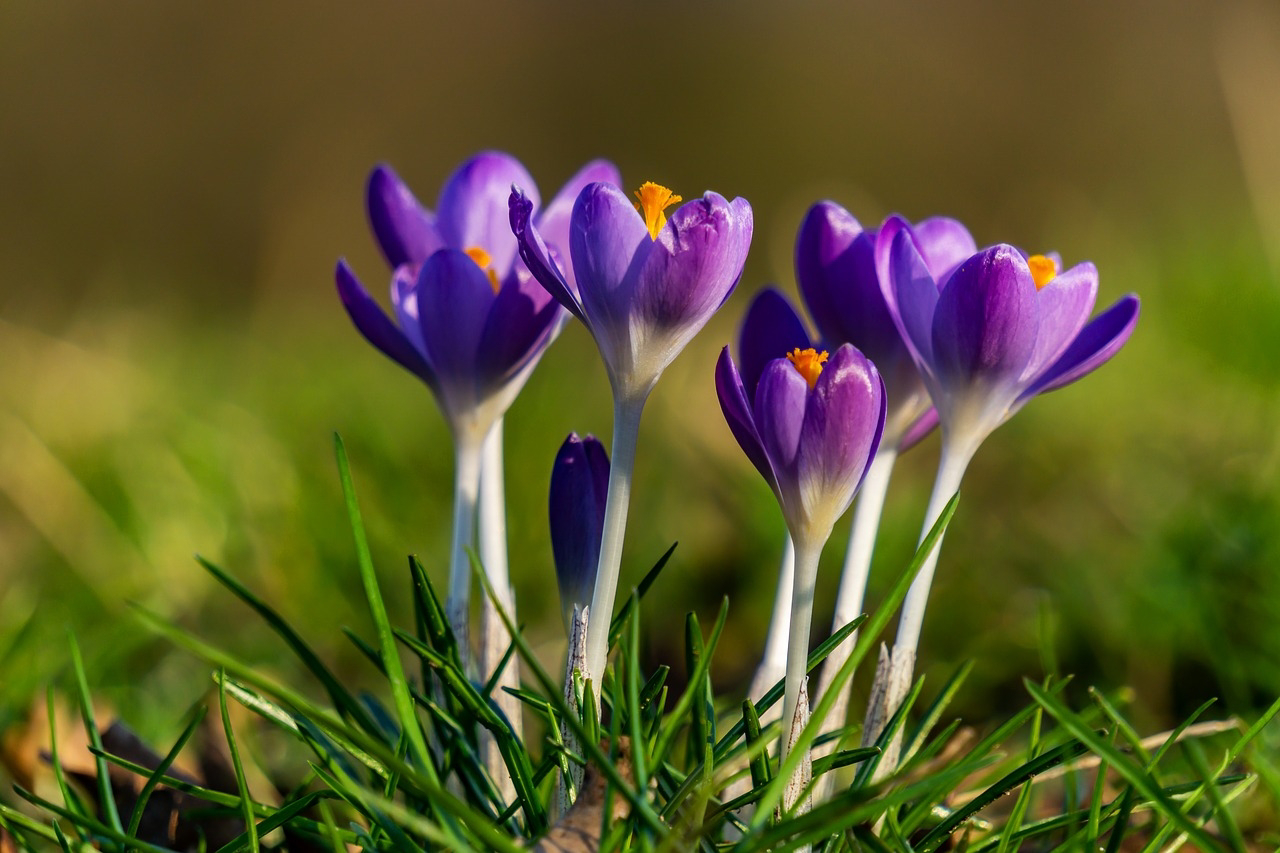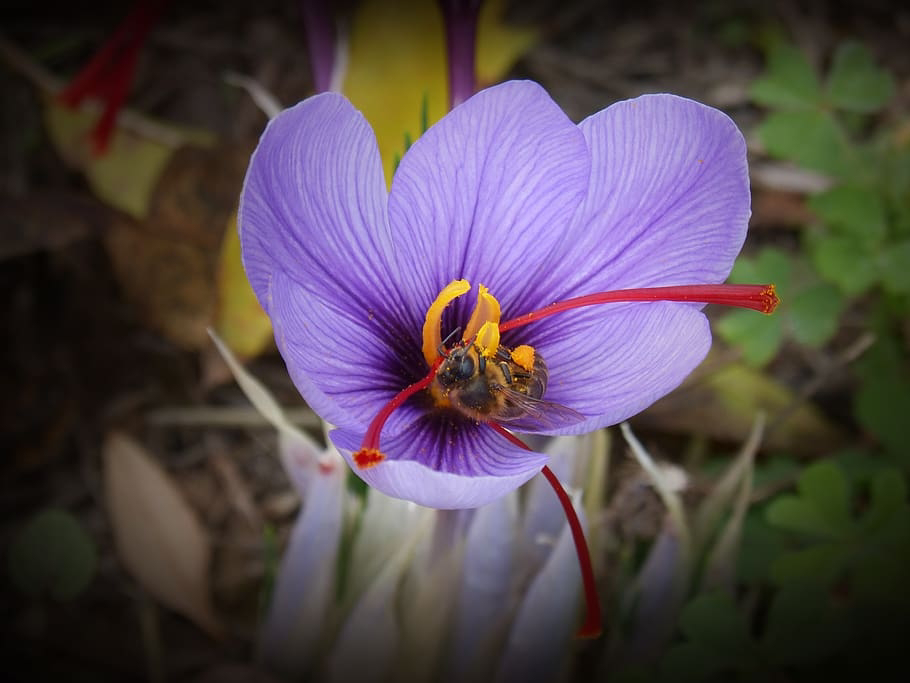When it comes to luxurious and aromatic spices, saffron stands at the top of the list. Known as the "golden spice," saffron has been revered for centuries for its vibrant color, unique flavor, and numerous health benefits. In this blog post, we will take a closer look at saffron, its origin, uses, and why it is considered one of the most valuable spices in the world.
Saffron is a spice derived from the Crocus sativus flower. It is primarily cultivated in regions with a Mediterranean climate, such as Iran, Spain, India, and Greece. Saffron threads are harvested from the stigma of the flower, which is painstakingly handpicked and dried to obtain the precious spice.
Where saffron grown first?
Saffron has a long and storied history that dates back over 3,000 years. It was first cultivated in ancient Persia (modern-day Iran) and quickly spread throughout the Mediterranean and Asia. The spice became highly sought after for its culinary uses, as a natural dye, and for its medicinal properties.
Entry of saffron in india -
Saffron was very Popular in Mughals (the turkic king) from central Asia in 16th century. During mughals time saffron is used as colour and scent. And become obvious ingredient in Royal kitchen.
Now places in india for saffron cultivation..
Currently kesar or saffron are cultivated in Srinagar, pampore and kishtwar in jummu and Kashmir. India is one of the major producers and consumers of saffron. The spice is primarily cultivated in the region of Jammu and Kashmir, where the climate and soil conditions are ideal for its growth. Saffron farming requires meticulous care and attention, as the flowers bloom only for a short period each year, and the stigmas need to be harvested quickly. All over India demand of saffron is about 100 tonnes per year although we produce only 6.5 tonnes in 2,825 acess.
Let's praise saffron a little -
A little pinch of saffron can transform a dish, imparting a subtle floral and earthy taste. In addition to culinary uses, saffron is also used in various industries. It is a common ingredient in perfumes, cosmetics, and traditional textiles due to its vibrant color. Saffron's distinct fragrance is highly prized in the fragrance industry, adding a unique and exotic element to perfumes and colognes.
Saffron has been used in traditional medicine for centuries. It contains several bioactive compounds, including crocin, crocetin, and safranal, which are responsible for its potential health benefits. Some studies suggest that saffron may have antidepressant, antioxidant, and anti-inflammatory properties. However, more research is needed to fully understand and validate these claims.
Why saffron is so expensive?
Saffron is one of the most expensive spices in the world, mainly due to its labor-intensive cultivation and harvesting process. It takes around 75,000 saffron flowers to produce just one pound of saffron threads. The rarity and high demand for saffron contribute to its premium price tag.
Process of saffron making -
Step 1. Saffron bulbs are shown in August month
Step 2. Plucking of saffron flowers is in sep- nov
Step 3.Farmers removed there stigma from flower.
Step 4. Dry stigma
Step 5. Quality check by the scientist
Step 6. Packing and sale
👉Save against Cancer
👉 Decrease mood swings
👉 Save from vision loss
👉 Increase memory
👉Encourages healthy sleep
👉 Decrease sore gums
👉Improves hair grówth.
👉 Effective for asthma
👉Helps in digestion
👉 Decrease dark circles
👉 Remove bald patches
👉 Any Pain relief
👉Helps in menstrual problem.
👉 Boost mental functioning
👉 Gas and acidity regulator
👉 Increase immunity.
Saffron is a spice that has captivated cultures around the world for centuries. Its distinct flavor, vibrant color, and potential health benefits make it a truly remarkable ingredient. Whether used in cooking, traditional medicine, or other industries, saffron continues to hold its place as one of the most treasured and sought-after spices in the world. So, the next time you savor a dish seasoned with saffron, remember the history and labor that goes into cultivating this golden spice.












0 Comments